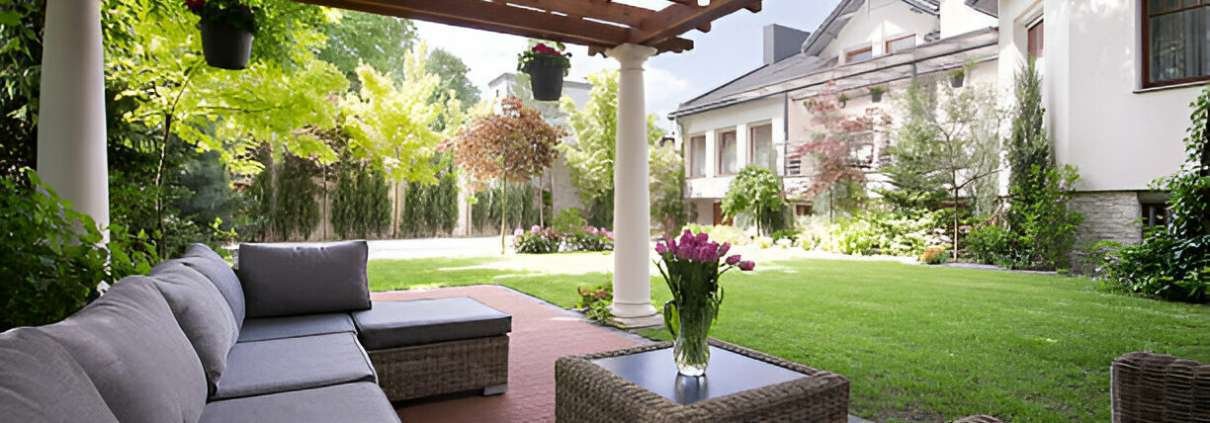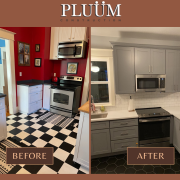Beginner’s Guide to Outdoor Building Materials
When embarking on an outdoor construction project, choosing the right materials is crucial to ensure durability, aesthetics, and cost-effectiveness. Whether you’re building a patio, deck, or outdoor shed, understanding the range of outdoor building materials can help you make informed decisions. This beginner’s guide breaks down essential materials, their advantages, and where to find affordable options.
1. Wood: A Timeless Choice
Wood remains one of the most popular building materials outdoor projects rely on. Its versatility and natural look make it ideal for decks, pergolas, and fences.
- Types of Wood: Cedar, Redwood, and Pressure-Treated Lumber are commonly used.
- Pros: Easy to work with, aesthetically pleasing, and renewable.
- Cons: Requires maintenance like staining or sealing.
2. Concrete: Durable and Cost-Effective
Concrete is a favorite for patios, driveways, and retaining walls.
- Why Choose Concrete? It’s weather-resistant, low-maintenance, and offers a modern look.
- Enhancements: Stamping, staining, or texturing concrete can mimic pricier materials like stone.
3. Stone: A Natural and Elegant Option
Stone is perfect for pathways, outdoor kitchens, and fireplaces.
- Types: Granite, Limestone, and Sandstone.
- Pros: Extremely durable and timelessly elegant.
- Cons: High cost and requires professional installation.
4. Metal: Sleek and Modern
Metal is becoming increasingly popular for outdoor designs due to its industrial look.
- Common Uses: Railings, fences, and modern pergolas.
- Advantages: Durable and recyclable.
- Considerations: Can be expensive depending on the type (e.g., aluminum, steel).
5. Composite Materials: The Best of Both Worlds
Composite decking and fencing materials blend wood fibers and plastic for a durable, low-maintenance option.
- Benefits: Resistant to rot, insects, and weather.
- Perfect For: Decks, fencing, and outdoor furniture.
6. Recycled Materials: Budget-Friendly and Eco-Conscious
Using cheap building materials like reclaimed wood, recycled metal, or repurposed bricks can reduce costs while benefiting the environment.
- Pro Tip: Check local building material specialties stores for unique recycled finds.
7. Vinyl: Affordable and Versatile
Vinyl is commonly used for fencing and siding due to its low cost and easy maintenance.
- Advantages: Long-lasting, weather-resistant, and comes in various colors.
- Downside: Limited eco-friendliness compared to natural materials.
Where to Find Affordable Building Materials
If budget is a concern, look for building materials discount stores or suppliers offering low-cost building materials. Online marketplaces, salvage yards, and warehouse sales can also provide cheap building materials without compromising quality.
New Innovations in Outdoor Building Materials
The construction industry is constantly evolving with new building materials like self-healing concrete, 3D-printed components, and advanced composites that offer improved durability and sustainability. Keep an eye on these for future projects!
Final Thoughts
Selecting the right outdoor building materials can transform your project into a durable and beautiful space. Whether you’re working with low-cost building materials or investing in premium options, understanding their characteristics will help you make smart choices. At Pluum Construction, we specialize in helping homeowners select the best materials for their outdoor projects.
Ready to start your outdoor build? Contact Pluum Construction today for expert advice and assistance!










Leave a Reply
Want to join the discussion?Feel free to contribute!